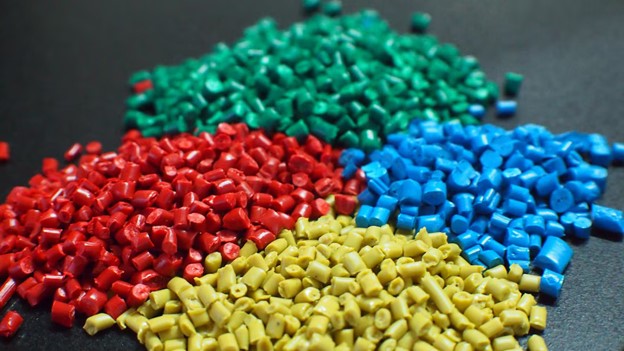Additives in PVC Compound
PVC Compound always contains many kind of additives in its composition to optimize performance and meet specific application requirements, various additives are incorporated into PVC compounds. These additives play crucial roles in enhancing the material’s properties, processing characteristics, and end-use applications.

- Plasticizers:
- Role: PVC in its pure form is rigid and brittle. Plasticizers are additives that impart flexibility and toughness to PVC, making it suitable for a diverse range of applications such as flooring, cables, and flexible films.
- Types: Phthalate and non-phthalate plasticizers are common. Non-phthalate alternatives are gaining popularity due to regulatory concerns over the environmental impact of phthalates.
- Stabilizers:
- Role: PVC is susceptible to thermal and UV degradation, leading to discoloration, loss of mechanical properties, and decreased lifespan. Stabilizers protect PVC from these effects, ensuring durability and long-term performance.
- Types: Heat stabilizers, UV stabilizers, and mixed-metal stabilizers are commonly used to provide comprehensive protection against various degradation mechanisms.
- Impact Modifiers:
- Role: To overcome the inherent brittleness of PVC, impact modifiers are incorporated to improve its impact resistance and toughness. This is particularly important in applications where the material may experience mechanical stress or sudden impact.
- Types: Acrylic impact modifiers, chlorinated polyethylene (CPE), and other rubber-based modifiers are commonly used to enhance impact performance.
- Fillers:
- Role: Fillers are added to PVC compounds to reduce costs, enhance mechanical properties, and modify the material’s density. Common fillers include calcium carbonate, talc, and clay, which contribute to improved stiffness and dimensional stability.
- Effect on Processing: The incorporation of fillers may affect the processing characteristics of PVC, influencing factors such as melt viscosity and flow behavior.
- Colorants and Pigments:
- Role: Colorants and pigments are added to PVC compounds for aesthetic purposes and to meet specific color requirements. Additionally, some pigments may provide UV protection, contributing to the overall stability of the material.
- Challenges: Achieving consistent color dispersion can be a challenge, and the choice of colorants may impact the material’s other properties.
- Processing Aids:
- Role: PVC processing involves high temperatures and shear forces. Processing aids facilitate the manufacturing process by improving melt flow, reducing melt viscosity, and enhancing fusion during extrusion and molding.
- Benefits: Increased processing efficiency, reduced energy consumption, and improved surface finish are among the benefits of using processing aids.
- Flame Retardants:
- Role: Many PVC applications, especially in construction and electrical industries, require flame-retardant properties. Flame retardants are incorporated to minimize the risk of fire and improve the material’s fire resistance.
- Environmental Concerns: The choice of flame retardants is crucial, considering environmental regulations and concerns about the toxicity of certain flame retardant formulations.
Conclusion:
In conclusion, additives play a pivotal role in tailoring PVC compounds to meet the diverse demands of various industries. From imparting flexibility to enhancing stability and improving processing characteristics, each additive serves a specific purpose. As industries continue to evolve, the development of new and sustainable additives will be crucial for the future of PVC applications, balancing performance with environmental considerations. Understanding the roles of additives in PVC compounds is essential for optimizing material properties and ensuring the success of PVC-based products in an ever-changing market.
Contact for more!
Phone/Whatsapp: +84 984 778 391
Email: neil@usmasterbatch.com








